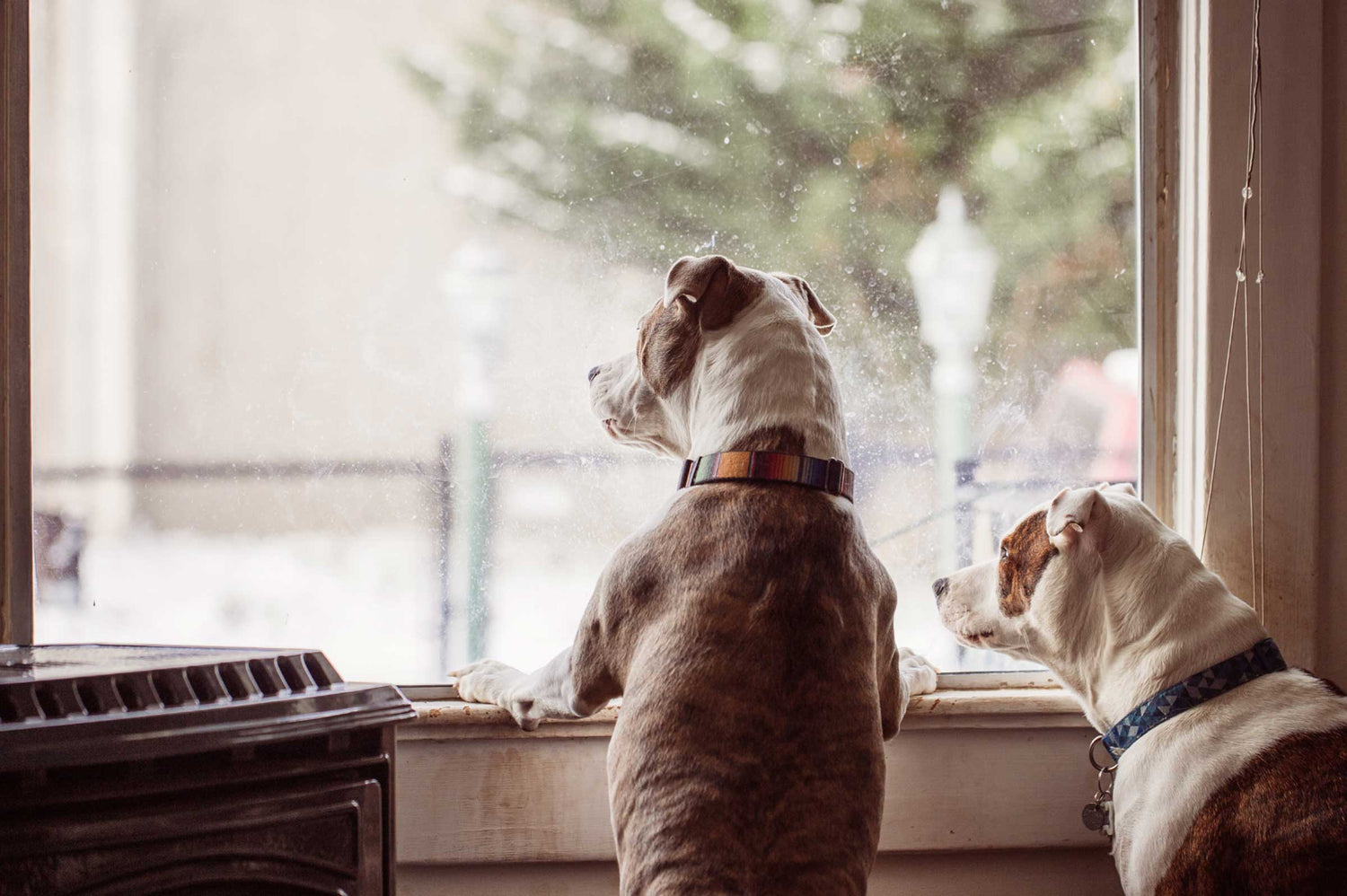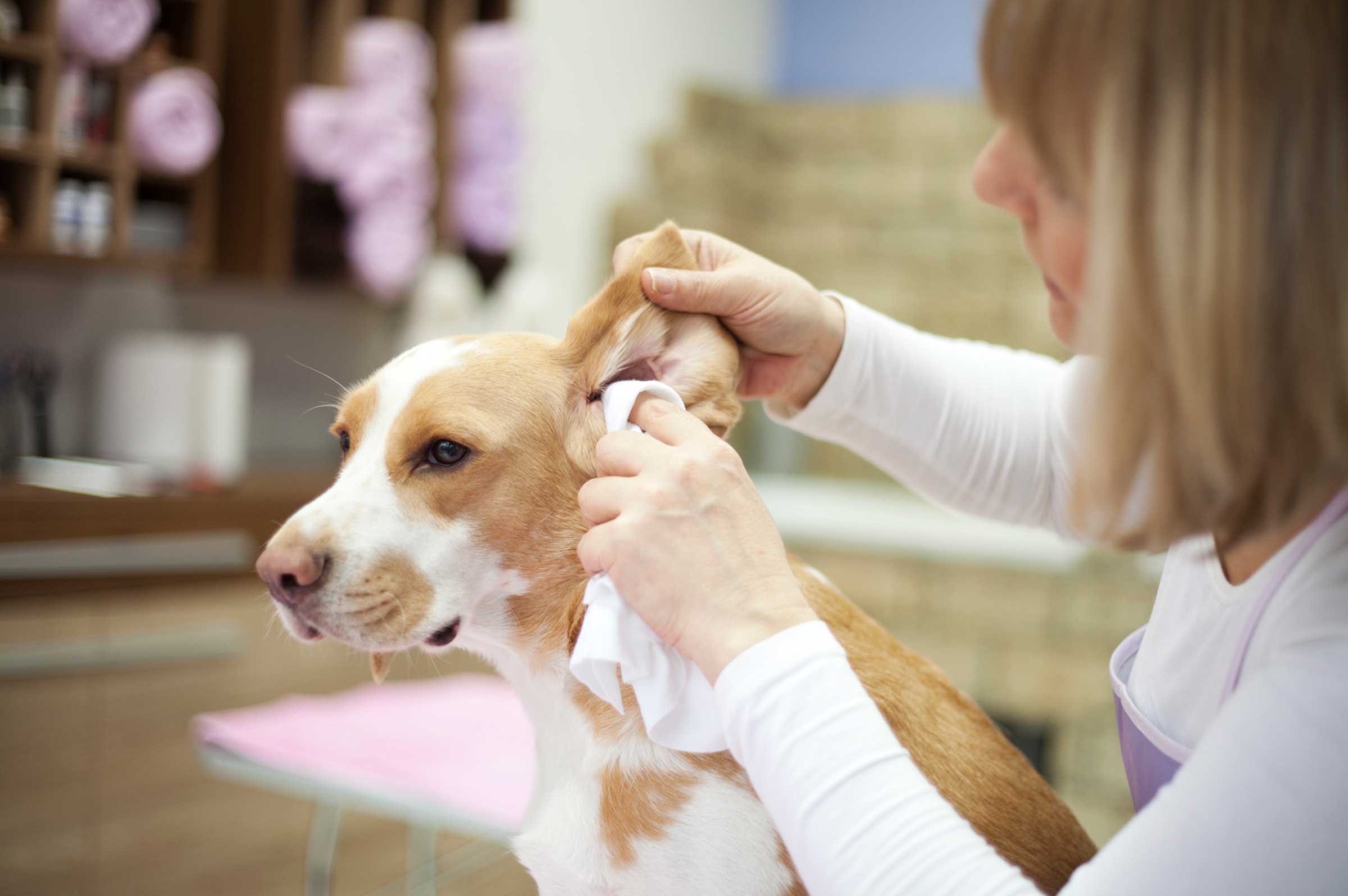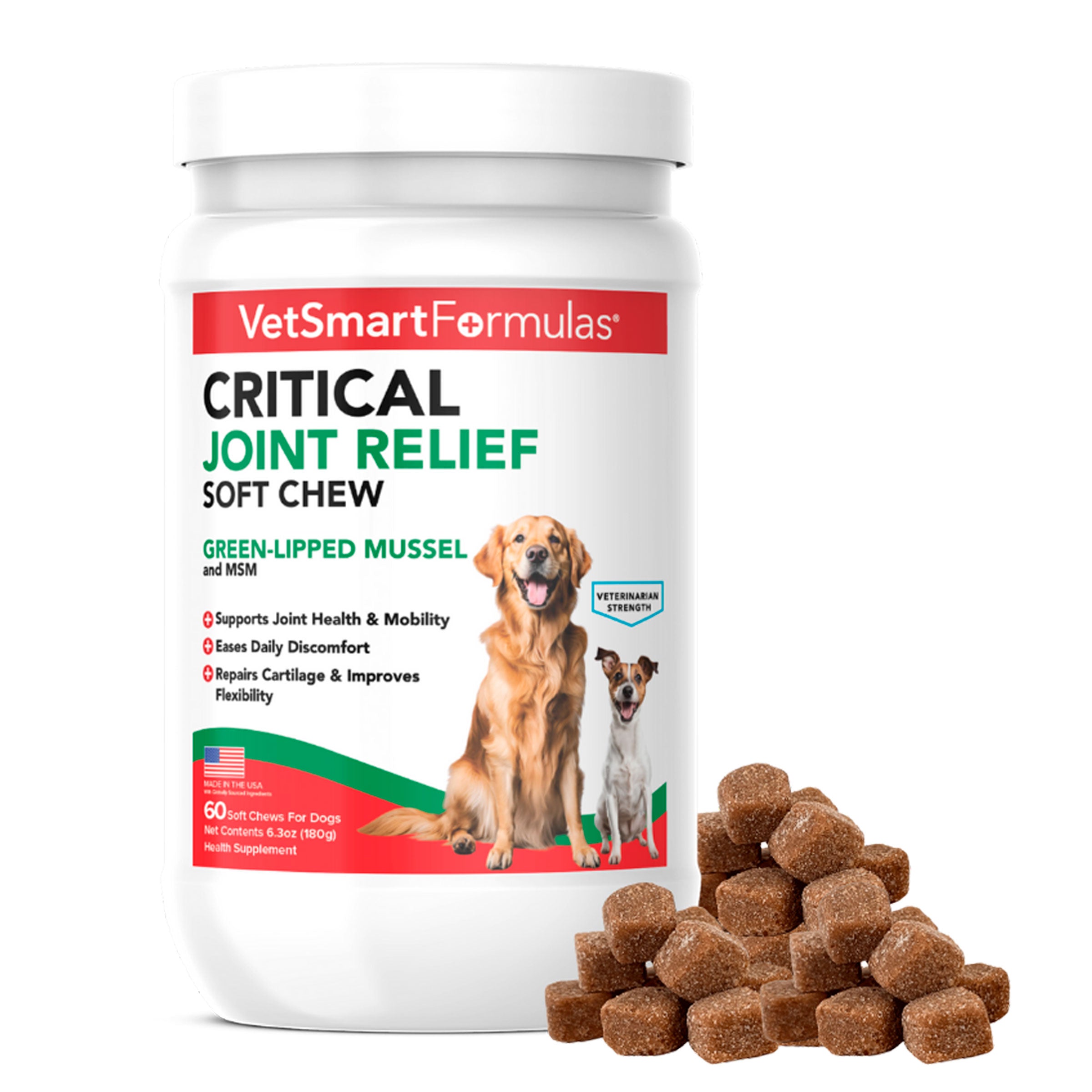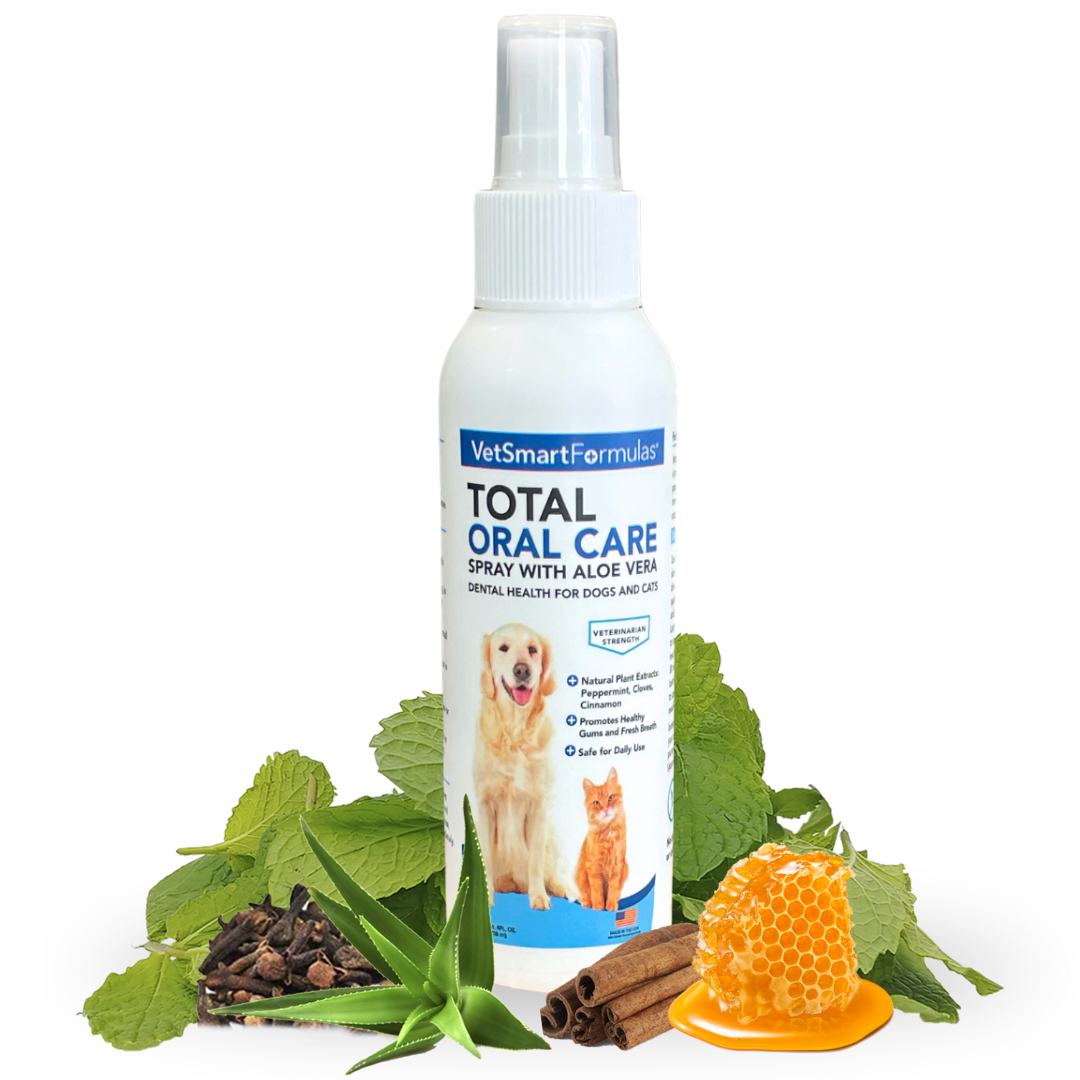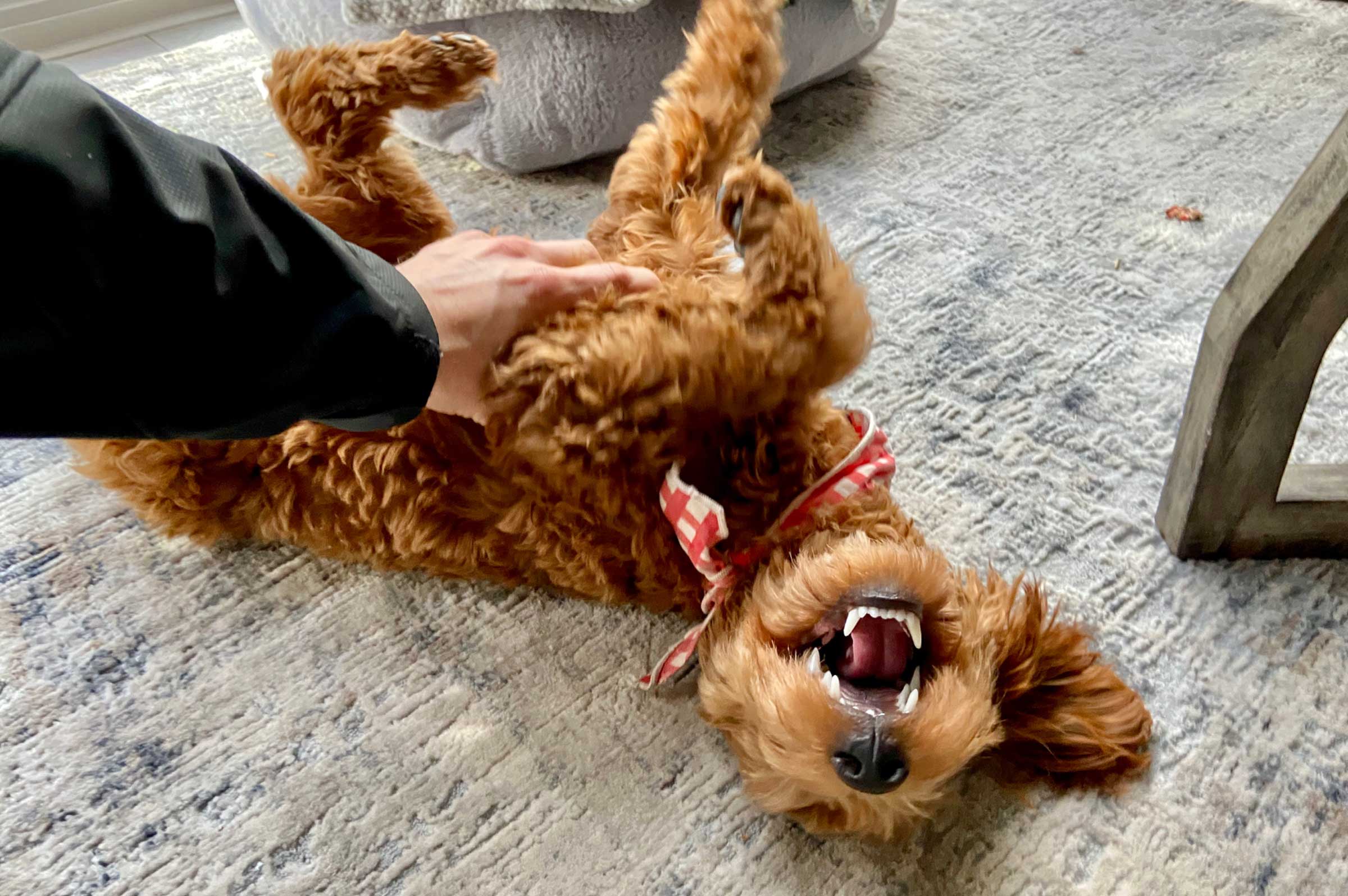Separation anxiety is a common challenge many dog owners face. It occurs when a dog becomes distressed due to being left alone. Research shows that destructive behavior, excessive barking, or accidents in the house, often seen as a problematic dog, can actually frequently be traced back to separation anxiety, rather than a bad dog or bad training. Recognizing the signs early is essential to address the issue effectively and help your pet feel more secure.
This condition can stem from various factors, including changes in routine, a traumatic experience, or a lack of early socialization. Dogs experiencing separation anxiety often exhibit symptoms as soon as their owner prepares to leave. Identifying these triggers is the first step toward building a sense of safety for your dog.
Establishing a Comfortable Environment
Creating a safe and comfortable space for your dog can significantly reduce their anxiety. A designated area with familiar bedding, toys, and soothing sounds, such as soft music or white noise, can help your dog feel secure during your absence. Consistency is key to reinforcing positive associations with this space.
Gradually introducing your dog to being alone in their designated area can ease their anxiety. Start with short durations and extend the time as your pet becomes more comfortable. This approach builds trust and helps your dog feel less fearful of being alone.
Practicing Positive Reinforcement
Positive reinforcement is a powerful tool for managing separation anxiety. Rewarding your dog for calm behavior, both when you're present and when you're leaving, reinforces the idea that being alone is a safe and normal experience. Treats, verbal praise, or favorite toys can be used as rewards.
It's equally important to avoid making a big deal about departures or arrivals. Keeping these moments low-key prevents your dog from associating them with stress. Over time, this approach helps your dog adjust to your comings and goings without anxiety.
Building Confidence Through Training
Confidence-building exercises are invaluable for helping a dog with separation anxiety. Teaching your dog basic commands and engaging them in activities that challenge their mind and body can increase their sense of independence. A confident dog is less likely to feel anxious when left alone.
Training sessions should be short and focused, with a positive and patient approach. Interactive toys and puzzle feeders can also provide mental stimulation, keeping your dog occupied and reducing anxiety while you're away.
Seeking Professional Support
Sometimes, managing separation anxiety requires professional guidance. Consulting a veterinarian or a certified dog trainer can provide tailored strategies and insights. In severe cases, a veterinarian may recommend supplements or treatments to support your dog’s well-being.
Professional support ensures you’re addressing the root causes of your dog’s anxiety. With expert advice, you can develop a comprehensive plan that promotes long-term happiness and reduces stress for both you and your pet.
Conclusion
Separation anxiety can be a challenging experience for both dogs and their owners, but with the right approach, it’s possible to create a happier, more relaxed pet. By understanding your dog's needs, creating a safe environment, and incorporating positive reinforcement, you can build their confidence and reduce their stress.
For additional support, consider VetSmart Formulas supplements to promote health in your furry friend. These trusted products can enhance your efforts and provide your dog with the well-being they deserve. Visit our website today to explore VetSmart Formulas and give your dog the long and healthy life they need.

